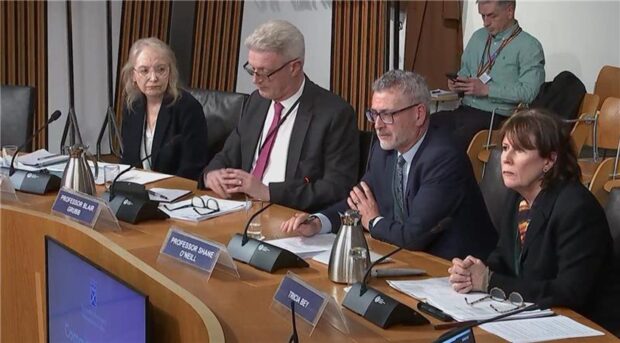One million Scots are now living in relative poverty after paying for their housing, new figures reveal.
Charities have demanded the Scottish Government takes action to lift families out of the cycle of financial despair.
Ministers in Edinburgh say they are “fighting poverty with one hand tied behind our back” because of the “damaging impact” of Conservative austerity.
Nearly one in five Scots (19%) were living relative poverty in 2016-17, once the rent or mortgage had been paid.
In shock figures published earlier this year, more than 8,000 children in Dundee are living in relative poverty, which is 28% of the child population.
Mark Ballard, Scottish head of Save the Children, said: “It’s unacceptable that a growing number of children across Scotland are experiencing poverty, with families struggling to afford a decent standard of living.
“These worrying figures should be the catalyst for clear action to create a fair start for every child in Scotland, which will reduce the devastating blow poverty delivers to children and their futures.”
Peter Kelly, director of the Poverty Alliance, said: “It cannot be right that one million people are now living in poverty in Scotland and that ever more people are having their choices restricted, their opportunities limited and their efforts to get by made even more difficult.”
A single adult with an income of less than £9,700 a year before housing costs are met is classed as being in relative poverty, with the threshold rising to £22,200 a year for a family with two adults and two children.
Ms Constance said the Government was “absolutely committed to reducing poverty and tackling the deeply-ingrained inequalities that exist across Scotland”.
She also stressed Scotland is “the only part of the UK with targets to eradicate child poverty” – with ministers also having committed a further £50 million to the Tackling Child Poverty Fund.
Ms Constance said: “These figures show the scale of the challenge we face, which is why we are committed to actions that make life better now as well as driving long-term change.”










